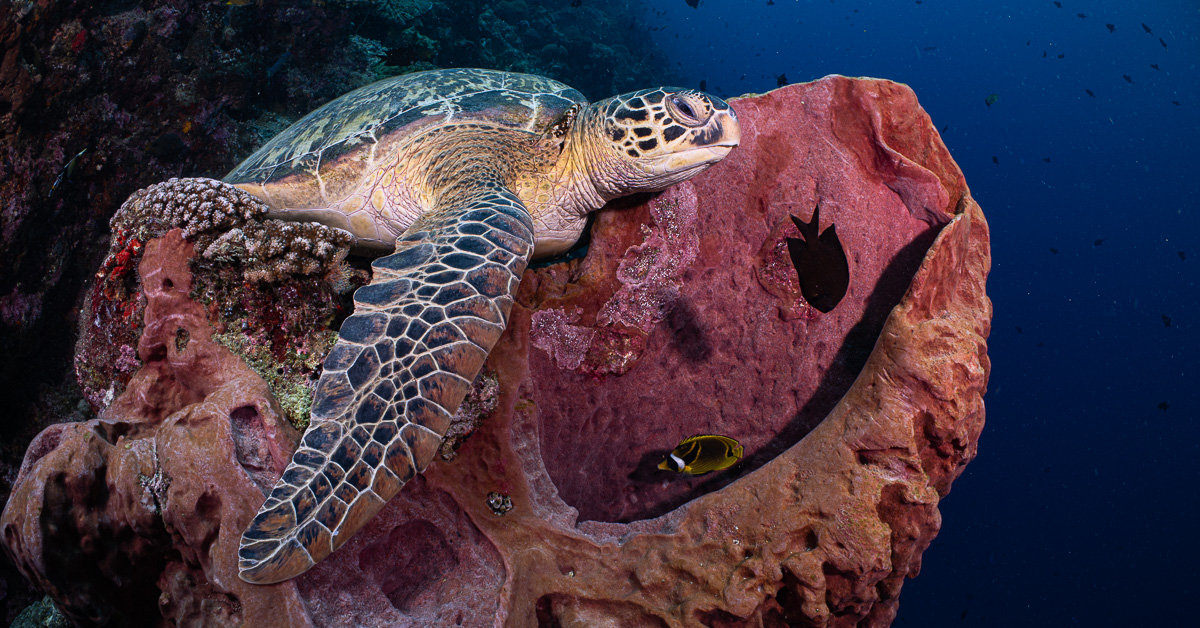Nicool
Contributor
Hi everyone,
If you love wide-angle photography, you might be interested in my detailed review of the Nauticam FCP-1 (also on DivePhotoGuide):

 theunderwaterclub.com
theunderwaterclub.com
This is based on a near-final / pre-production unit (Jan2024), which is different from the mid-2023 prototype.
If you love wide-angle photography, you might be interested in my detailed review of the Nauticam FCP-1 (also on DivePhotoGuide):

Nauticam Fisheye Conversion Port (FCP): field review - The Underwater Club
Transform your standard kit lens in a fisheye zoom-through fisheye lens with full frame image quality.
This is based on a near-final / pre-production unit (Jan2024), which is different from the mid-2023 prototype.




